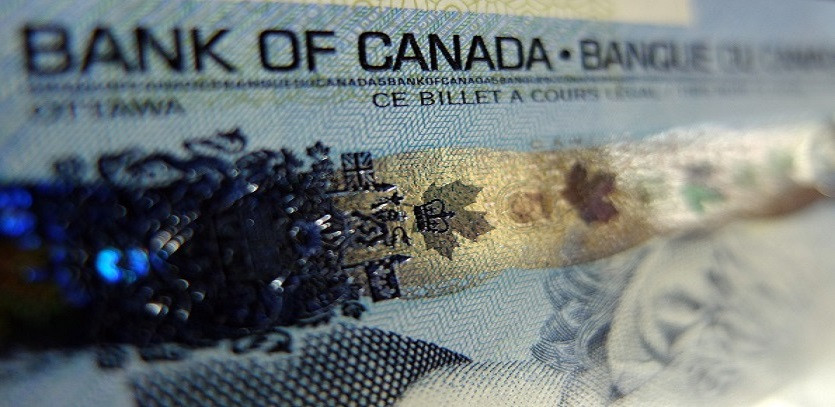The Canadian Dollar: An Overview
The official monetary unit of Canada, the Canadian dollar (CAD), also affectionately known as the Loonie, has its fractions delineated into 100 cents. It can be denoted with the symbols $ or C$. Ranked as the fifth most popular currency in global trade, the CAD follows closely behind the US dollar, euro, Japanese yen, and the British pound.
The Genesis of the Loonie
The CAD first came into existence in 1858, facilitated by the passing of the British North America Act. This legislative enactment birthed the Dominion of Canada, also bringing with it a fresh currency - the Canadian Dollar. Initially, the CAD's value was tethered to the British pound. However, in 1970, the CAD adopted a floating exchange rate.
The Dynamics of the Canadian Dollar's Value
The value of the CAD is inherently tied to market forces of supply and demand. When demand outstrips supply, the CAD’s worth appreciates. Conversely, when supply exceeds demand, the CAD’s value depreciates.
Major Influences on the Canadian Dollar
Various factors come into play in impacting the CAD's value, such as:
-
Oil Prices: As Canada stands as a key oil exporter, the fluctuation in oil prices significantly affects the CAD’s value. A surge in oil prices propels the CAD’s value upwards, while a dip causes a corresponding decrease.
-
Interest Rates: The Bank of Canada is the key determinant of Canadian interest rates. Higher interest rates often result in an appreciation of the CAD, while lower rates result in depreciation.
-
Economic Performance: The CAD's value often mirrors the health of the Canadian economy. A booming economy enhances the CAD's worth, whereas a struggling one reduces it.
-
Geopolitical Developments: The CAD's value can also be swayed significantly by geopolitical happenings.
Trading the Loonie: Strategies and Insights
Successful trading of the CAD often requires an application of certain strategies and insights, including:
-
Technical Analysis: This approach focuses on studying past price trends to identify patterns that may predict future price movements.
-
Fundamental Analysis: This strategy involves examining economic elements like interest rates, economic growth, and inflation to discern factors that may influence the CAD's value.
-
Position Trading: A long-term strategy, position trading entails maintaining a CAD position over a span of weeks, months, or even years.
-
Day Trading: A short-term strategy, day trading involves executing a buy and sell of the CAD within a single day.
Expert Perspectives on the Canadian Dollar
There is a wide spectrum of expert views regarding the CAD. Some experts perceive the CAD as being undervalued and thus ripe for purchase. Others hold that the CAD is overvalued, making it an optimal time to sell. However, the decision to trade the CAD is a personal one that should be based on thorough research and consultation with a financial advisor.
The Canadian Dollar: Looking into the Future
Predicting the CAD’s future trajectory is a complex task. While some experts expect the CAD to appreciate further, others anticipate depreciation. Various factors, including oil prices, interest rates, economic growth, and geopolitical events could shape the CAD's future.
The Final Word
Remember, forecasting the future of the Canadian dollar is inherently uncertain. Conducting thorough research and seeking advice from a financial advisor is crucial before making any investment decisions.





